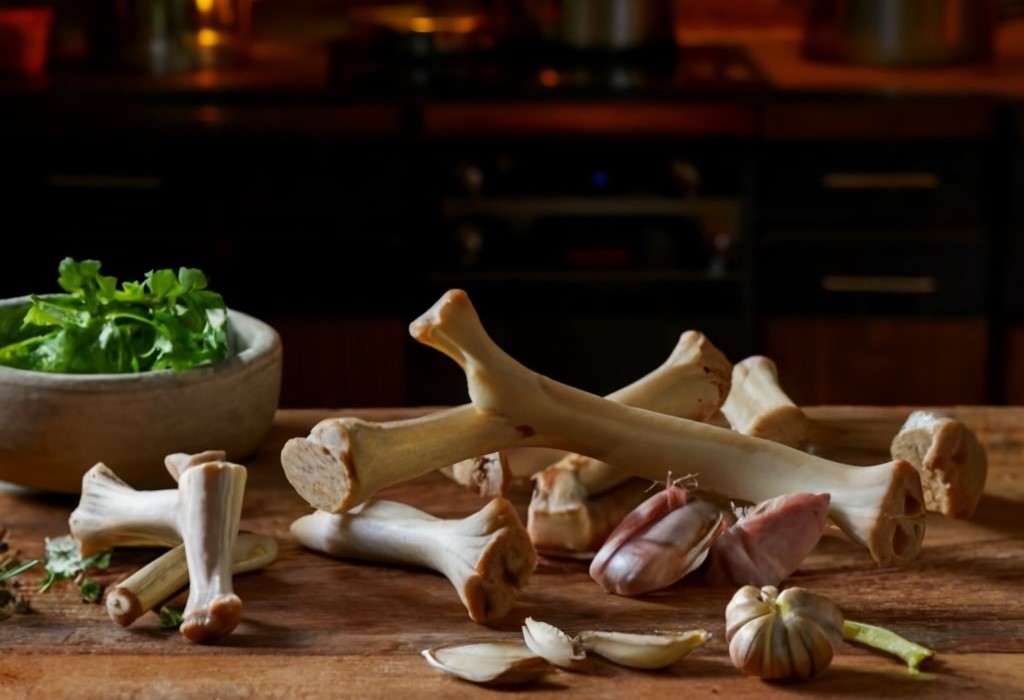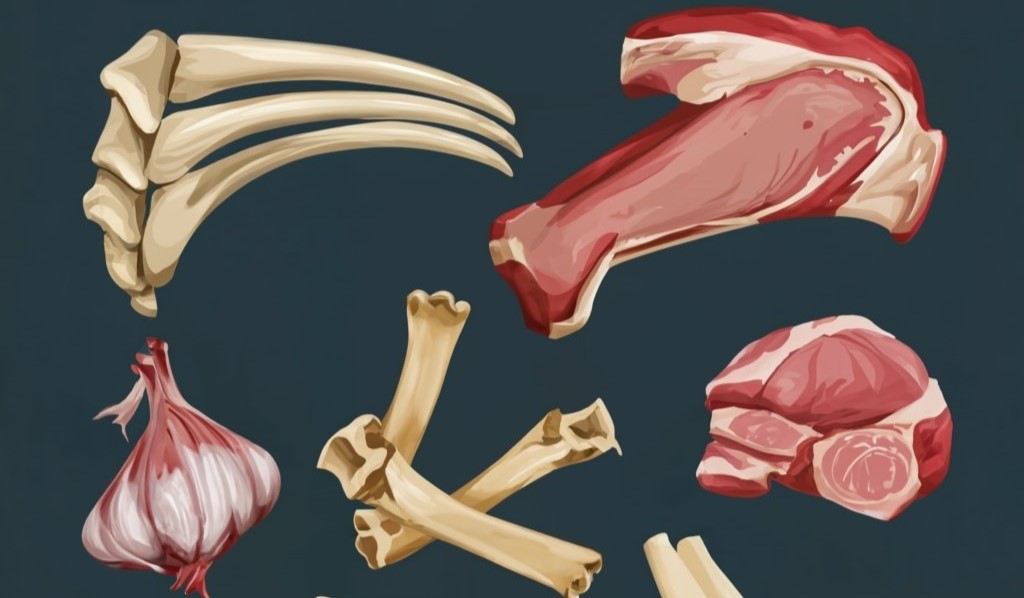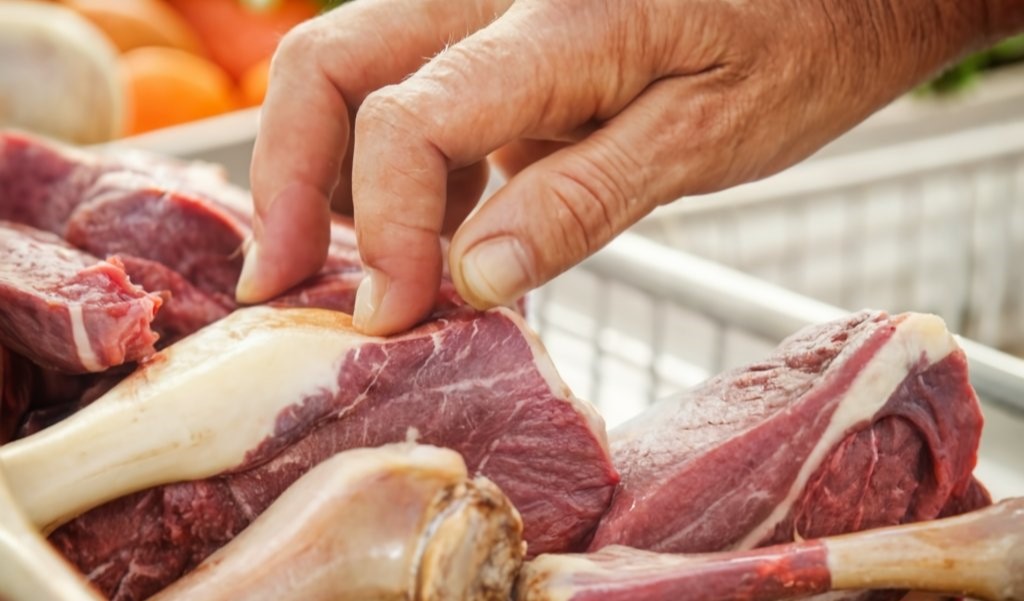Part 1: Introduction to Soup Bones

The Essence of Soup Bones
Often overlooked, soup bones are the unsung heroes of cooking. Not just the backbone of rich broths, these essential culinary components also play a crucial role in adding depth and complexity to various dishes. In this article, we’ll explore the significance and versatility of soup bones, unraveling the mystery behind these powerful ingredients.
What Makes Soup Bones Special?
Soup bones are unique because they’re packed with collagen, marrow, and other nutrients, offering rich flavors and health benefits similar to those found in bone broth. When simmered, these bones release their essence, transforming simple liquids into nourishing elixirs.
Historical and Cultural Significance
Tracing back to ancient times, the use of bones in cooking spans across cultures and continents. From the hearty beef broths of Europe to the delicate chicken soups of Asia, soup bones have been a fundamental part of traditional cooking, revered for their ability to heal, nourish, and comfort.
Part 2: Types of Soup Bones
Exploring Different Types of Soup Bones
Variety is undoubtedly key in the realm of these flavorful culinary essentials.Moreover, each type of bone offers a unique flavor profile and nutritional benefits, making the choice of bone a crucial step in your culinary adventure.

Beef Bones: Marrow and Collagen Rich
Beef bones offer a rich experience with their high marrow and collagen . Consider using marrow bones, such as femur and shin bones, which are prized for their rich, buttery flavor. These bones are ideal for creating a delicious and nutrient-packed broth, as detailed in this comprehensive guide. Collagen-rich bones, such as knuckles and oxtails, contribute to a gelatinous, rich texture, making your broth hearty and satisfying.
Chicken Bones: Wings, Feet, and Drumsticks
For a lighter broth, consider using chicken bones, particularly wings, feet, and drumsticks, which are also key in mastering fluffy chicken and dumplings. Rich in collagen, chicken feet serve as a secret ingredient for a broth with a silky, smooth texture, similar to the desired consistency in chicken and dumplings. Offering a delicate flavor ideal for soups and risottos, wings and drumsticks balance meat, skin, and bone perfectly.
Pork and Lamb Bones: A Unique Flavor Profile
Pork and lamb bones, often underrated, can add a unique twist to your broth. Pork bones, especially from the shoulder and ribs, impart a sweet, rich flavor. Lamb bones, known for their gamey taste, can add an interesting depth to your broth, making it stand out in stews and gravies.
Part 3: Selecting the Best Soup Bones
Selecting the right bones is key for a flavorful, nutritious broth. To ensure you’re picking the best, consider that the quality of soup bones is influenced by several factors, including the age and diet of the animal, and how it was raised. Opt for bones from young, healthy animals that have been grass-fed and raised in humane conditions, as these factors significantly impact the flavor and nutrient content .
Sourcing High-Quality, Grass-Fed Bones
Consequently, to get the best results, aim for bones from grass-fed, non-GMO animals. These bones usually possess a better balance of fats and boast a richer content of omega-3 fatty acids. You can often find high-quality bones at local farmers’ markets, specialty butchers, or through online marketplaces.

Visual Indicators of Bone Quality
When selecting bones, look for ones that still have some meat and cartilage attached. For beef, the meat should be deep red, and the cartilage shiny and opaque. With chicken, seek out carcasses with some meat remaining, and feet that are clean and well-prepared.
Part 4: Health Benefits and Nutritional Value
Nutritional Benefits of Soup Bones
These bones are not just for broths; they’re a nutrition powerhouse. Exploring further, let’s delve into the health benefits these bones bring to the table.
Considering bone broth, it stands as a nutrient-packed elixir
Simmering soup bones to make bone broth, moreover, enriches it with essential minerals like calcium, magnesium, and phosphorus, as explained in this article on bone broth benefits.This process also turns the broth into a rich source of amino acids and collagen, vital for bone and joint health.Regular consumption of bone broth can aid in digestion, boost the immune system, and even improve skin health due to its high collagen content.
Understanding Collagen and Marrow Benefits
Playing a crucial role, especially in chicken feet and beef knuckles, collagen is abundant in soup bones and maintains the elasticity and strength of our skin and connective tissues. Furthermore, the marrow found in beef and lamb bones, which is rich in fat and nutrients like vitamin B12, iron, and fatty acids, is essential for brain health and immune function.
Part 5: Preparing and Cooking with Soup Bones
Mastering the Art of Cooking with Soup Bones
Cooking with these bones is simple with the right techniques, yielding rich results. Let’s explore how to prepare and cook these bones to perfection.
Preparing Bones for Broth
Initially, the first step in using soup bones is preparation. For beef and lamb bones, roasting them in the oven before simmering can enhance their flavor. Chicken bones, on the other hand, can be used raw. It’s important to clean the bones thoroughly and, if necessary, chop them into manageable pieces to extract maximum flavor and nutrients.
Cooking Techniques for Maximum Flavor Extraction
The key to a flavorful broth is slow cooking. When you simmer bones for several hours, you extract collagen, marrow, and other nutrients. Adding a splash of vinegar helps in breaking down the bones and releasing these nutrients. It’s also essential to keep the broth at a low simmer and skim off any impurities that rise to the surface.
Part 6: Recipes and Culinary Uses
Delicious Recipes Using Soup Bones
These bones boast incredible versatility and can be utilized in a variety of recipes. In this section, we’ll explore some classic and innovative ways to incorporate them into your cooking. Let’s begin with the Classic Bone Broth Recipe.
Classic Bone Broth Recipe
Significantly,The classic bone broth stands as a timeless recipe. Start by roasting your chosen soup bones until golden brown. Then, place them in a large pot, cover with water, and add a splash of vinegar. Include onions, carrots, celery, and herbs for added flavor. Simmer this mixture for 12-24 hours, skimming off impurities. Strain the broth, and it’s ready to use or store.
Innovative Culinary Creations with Soup Bones
Beyond broth, soup bones can be used in a variety of dishes. For instance, after making broth, the remaining meat and marrow from beef bones can be used as a rich addition to stews or as a spread on toast. Chicken bones can also be used to make a flavorful base for dishes like risottos or soups, and for more insights on using chicken in various recipes, check out our guide on freezing chicken pastry.
Part 7: Frequently Asked Questions About Soup Bones
Frequently Asked Questions About Soup Bones
This section aims to address common queries about these essential ingredients, offering practical advice and tips to enhance your cooking experience.
Best Bones for Different Types of Broth
One common question is which bones are best for different types of broth. For a rich, gelatinous broth, beef knuckles and marrow bones are ideal. Chicken feet and necks are perfect for a lighter, collagen-rich broth. For a unique flavor, try pork bones or a mix of different types, but be mindful of the lessons from “Toxic” beef bone soup regarding excessive consumption.
Storing and Preserving Soup Bones
Another important aspect is the storage and preservation of soup bones. You can store fresh bones in the refrigerator for up to 4 days . For longer storage, freezing is the best option. Broth made from soup bones can be refrigerated for up to a week or frozen for several months.
Conclusion: The Culinary Journey with Soup Bones
Throughout this comprehensive guide, we’ve journeyed through the world of soup bones, thereby uncovering their rich history, diverse types, and the art of selecting and preparing them. From the robust flavors of beef bones to the delicate nuances of chicken and pork bones, we’ve explored how these humble ingredients can elevate our cooking, offering both depth in flavor and a wealth of health benefits.
We’ve learned that the key to a great broth lies not just in the cooking technique but also in the quality of the bones. Choosing the right bones, whether for their collagen content or marrow richness, can transform a simple dish into a culinary masterpiece. The classic bone broth recipe we discussed is not just a testament to the versatility of soup bones but also a gateway to exploring more innovative culinary creations.
As we conclude, it’s clear that soup bones are more than just the foundation of broths and stews. They are a connection to our past, a nod to traditional cooking methods, and a step towards a healthier, more sustainable way of eating. Whether you’re a seasoned chef or a home cook, the world of soup bones offers endless possibilities to enrich your culinary experience.
